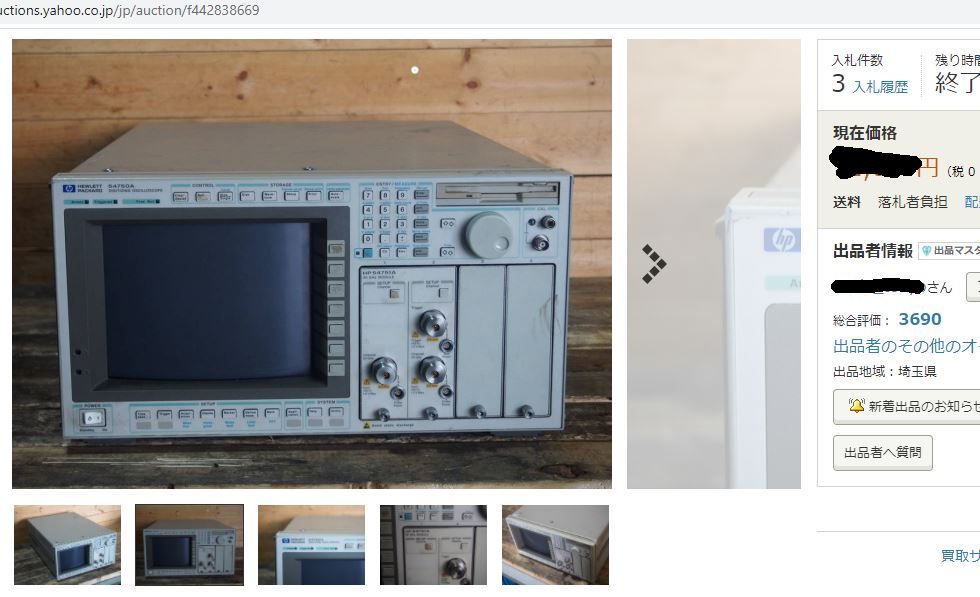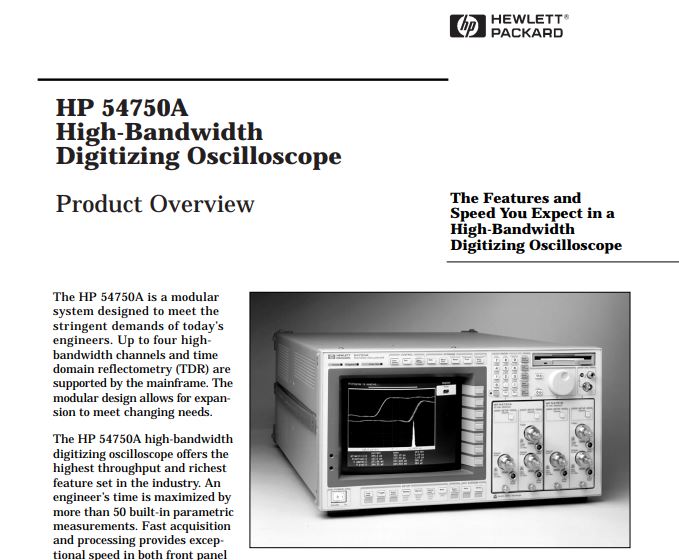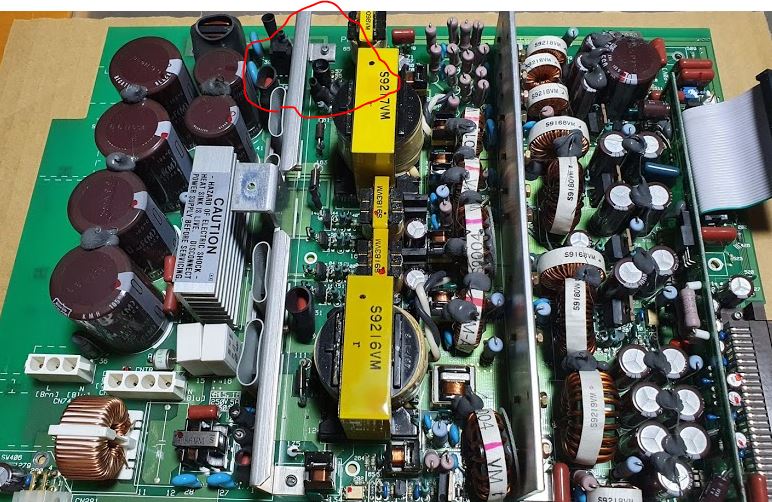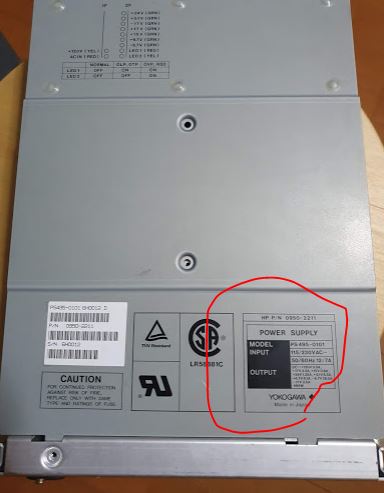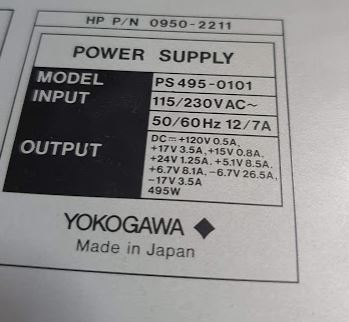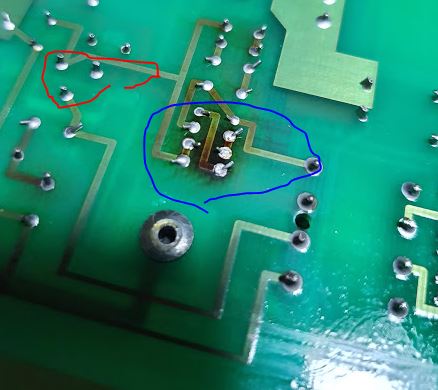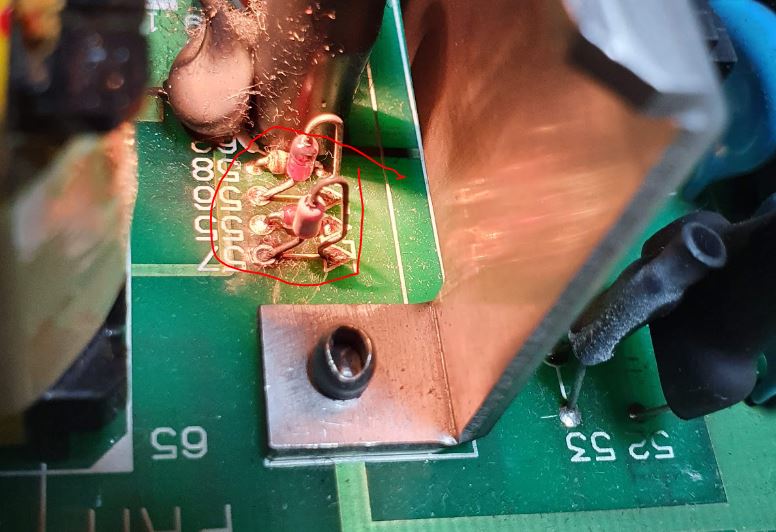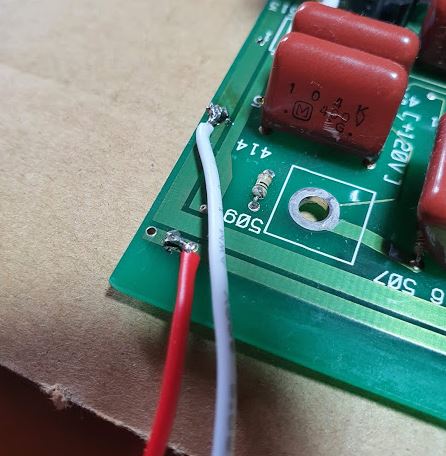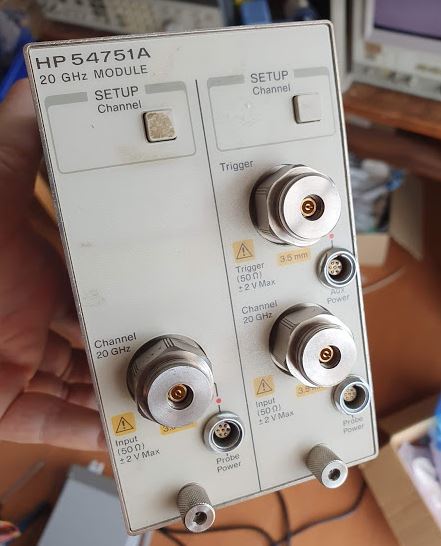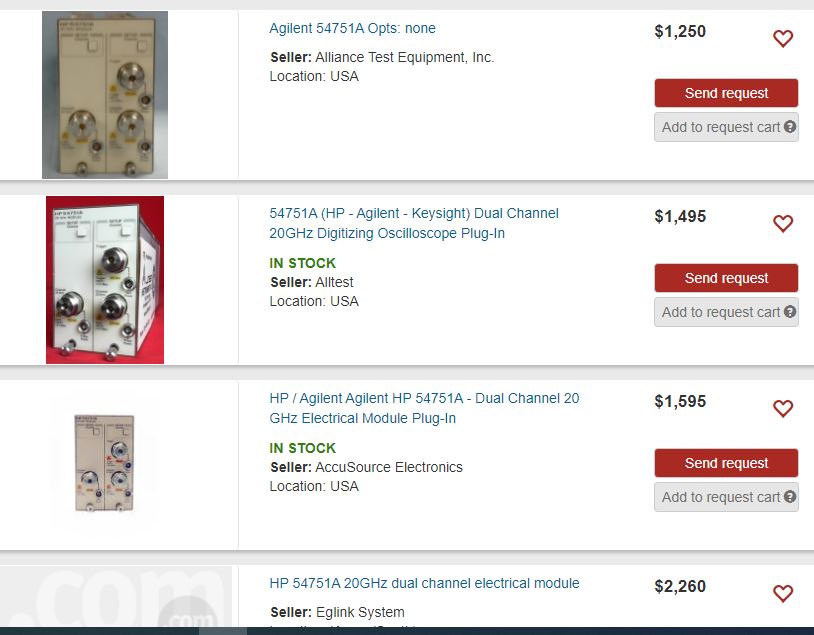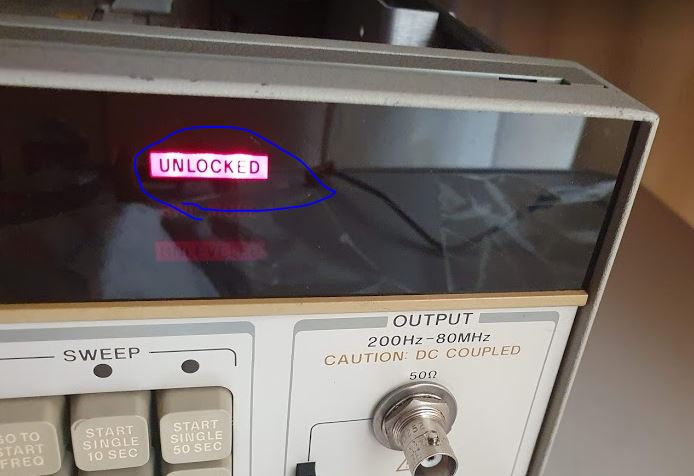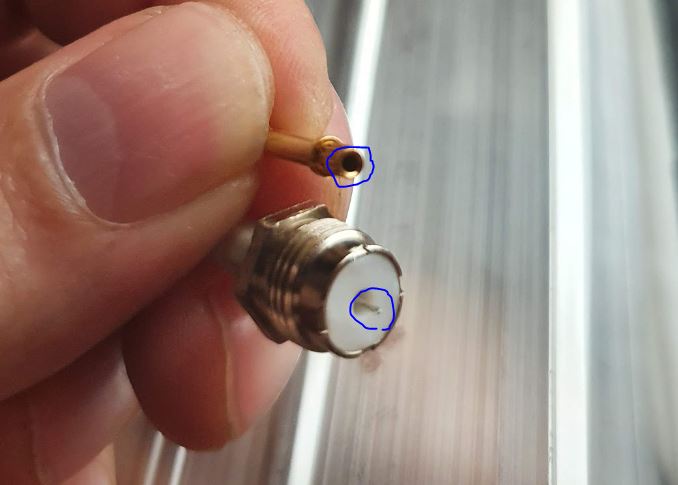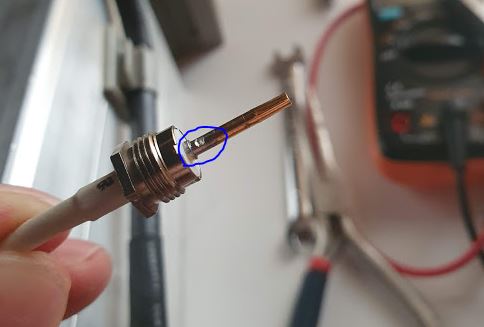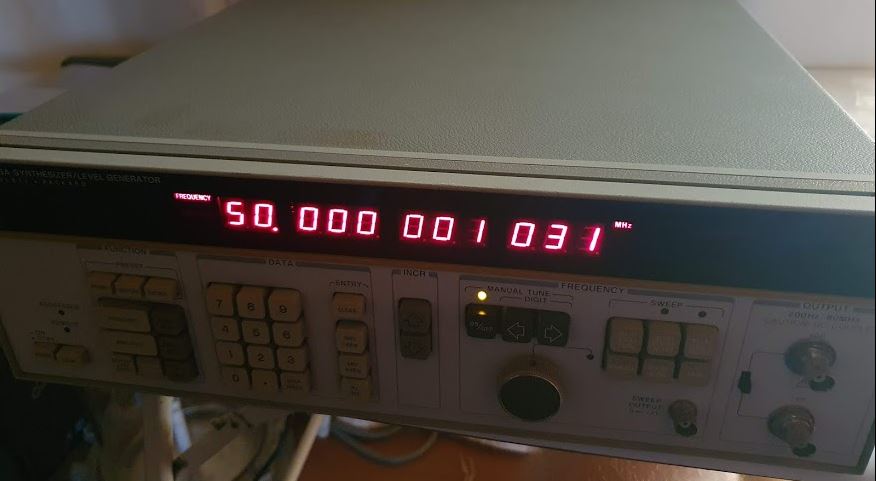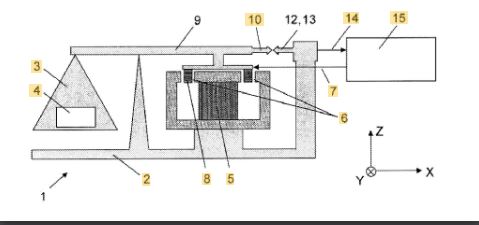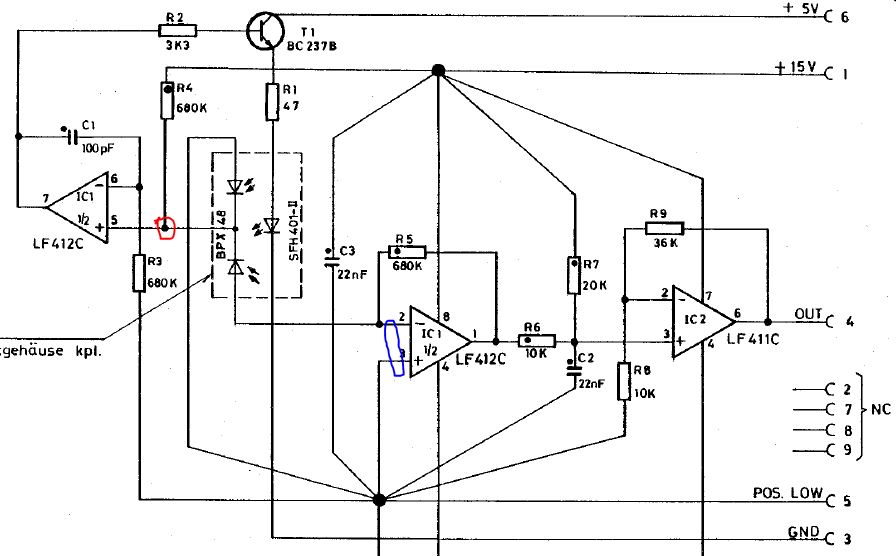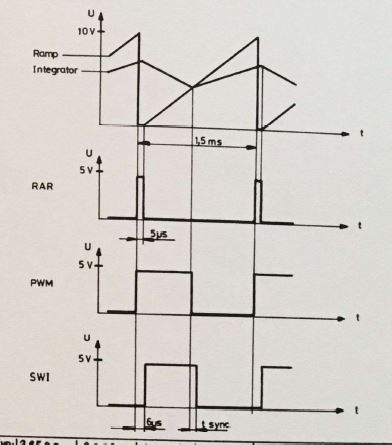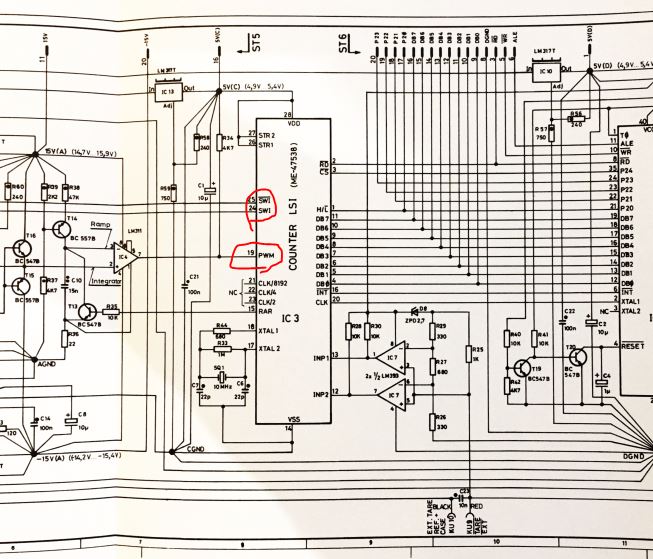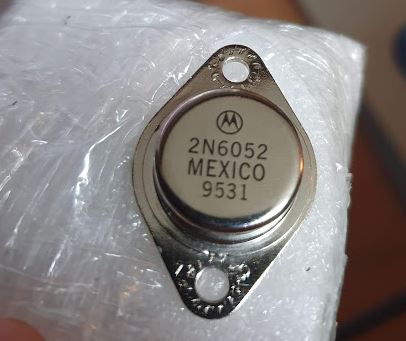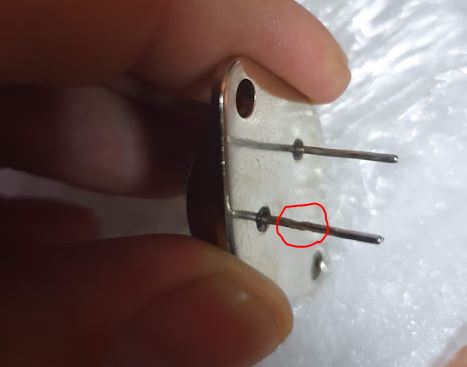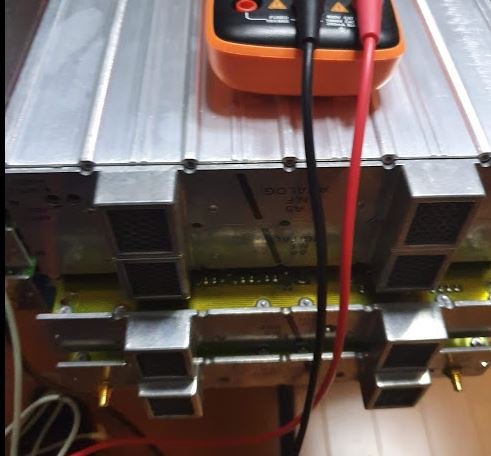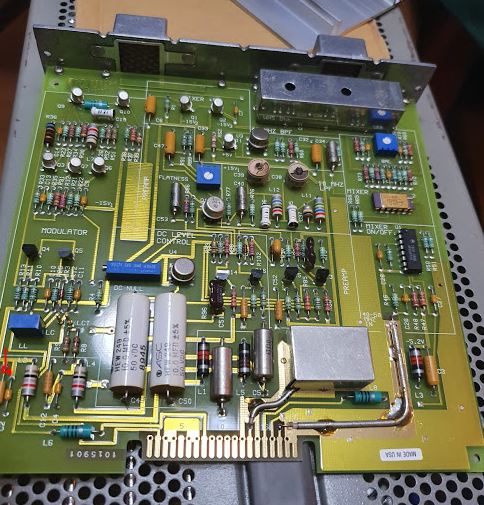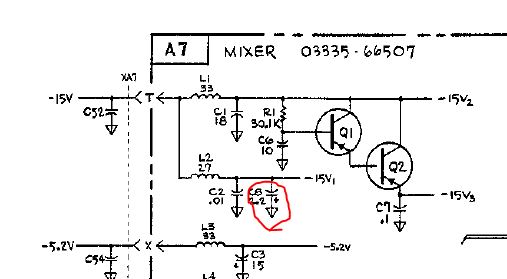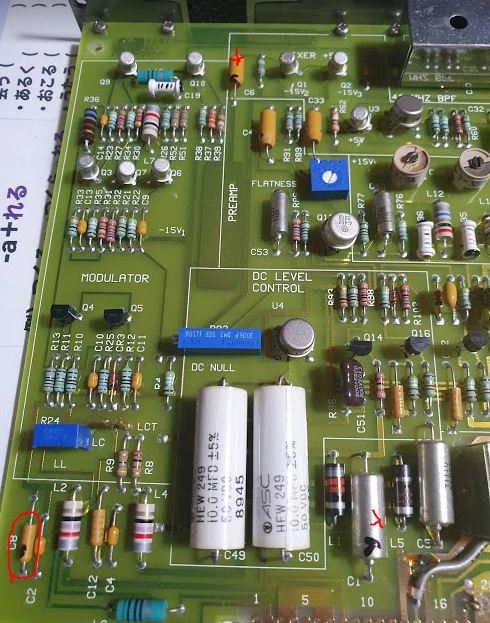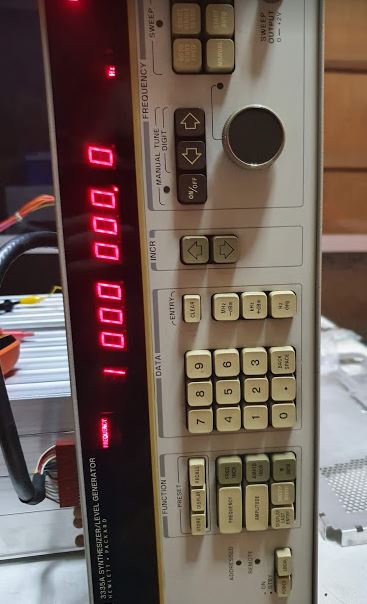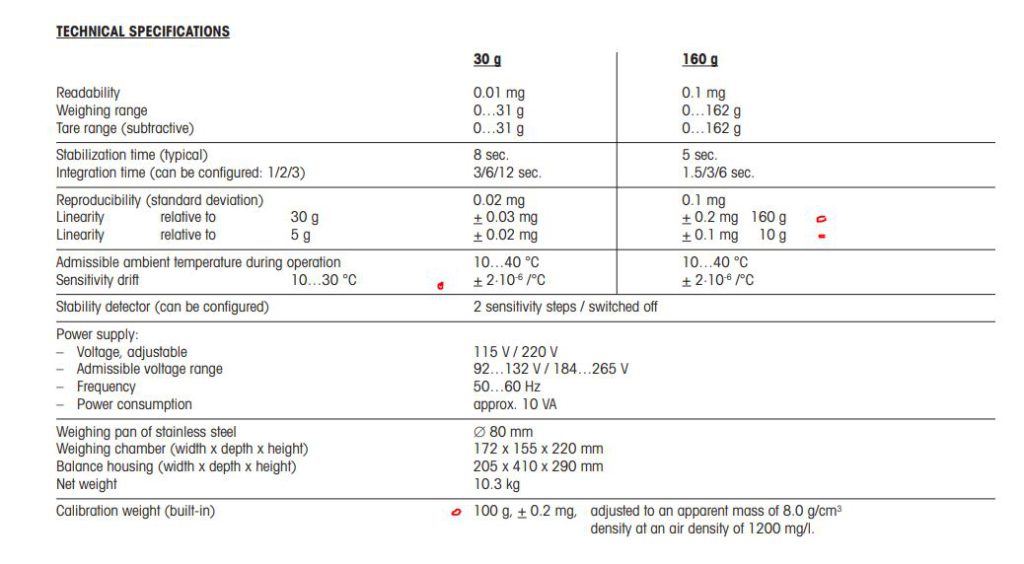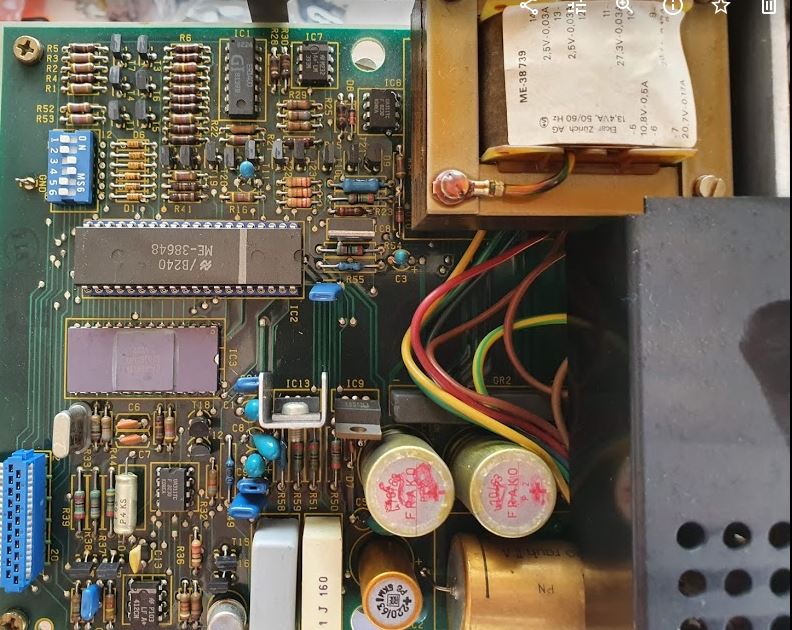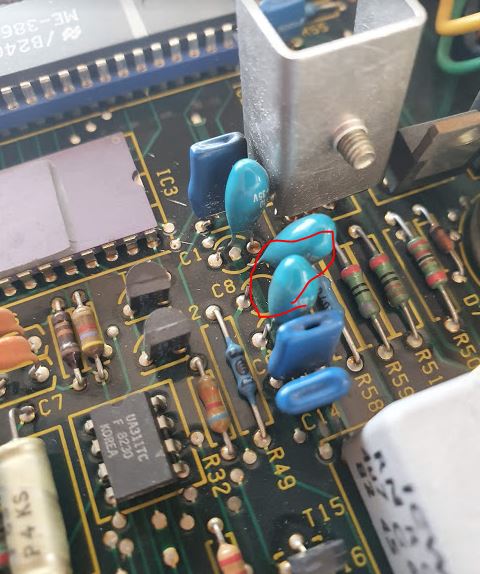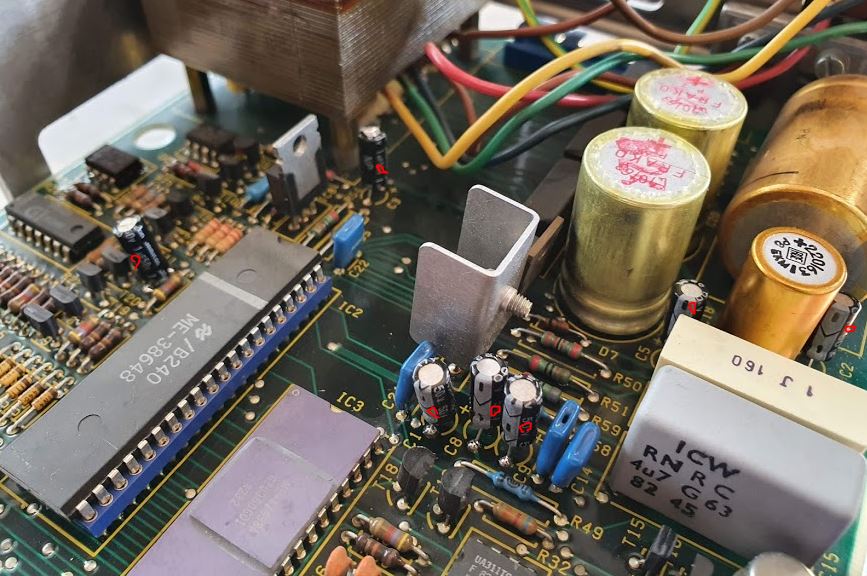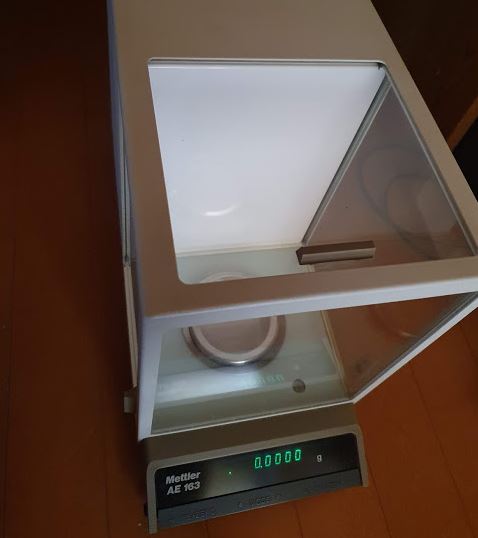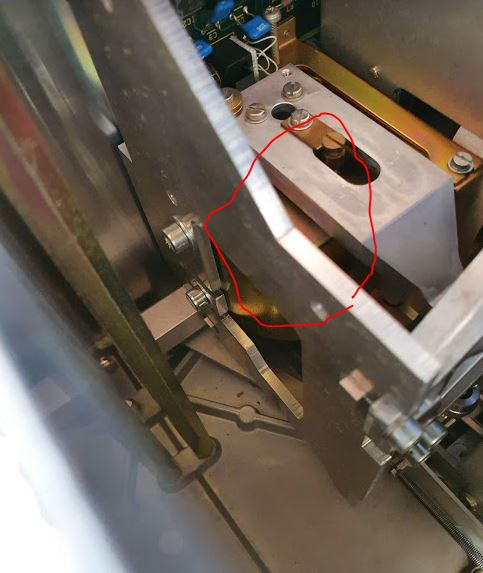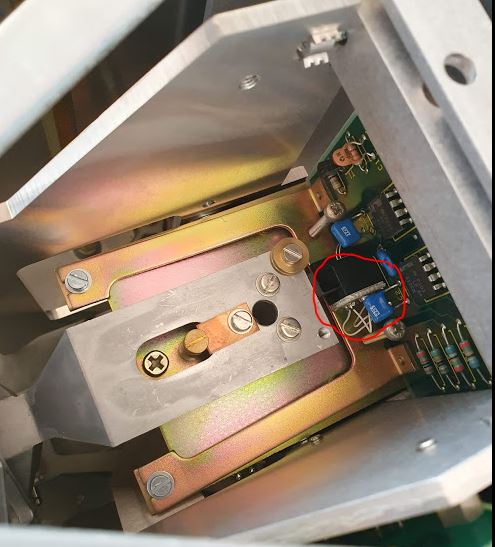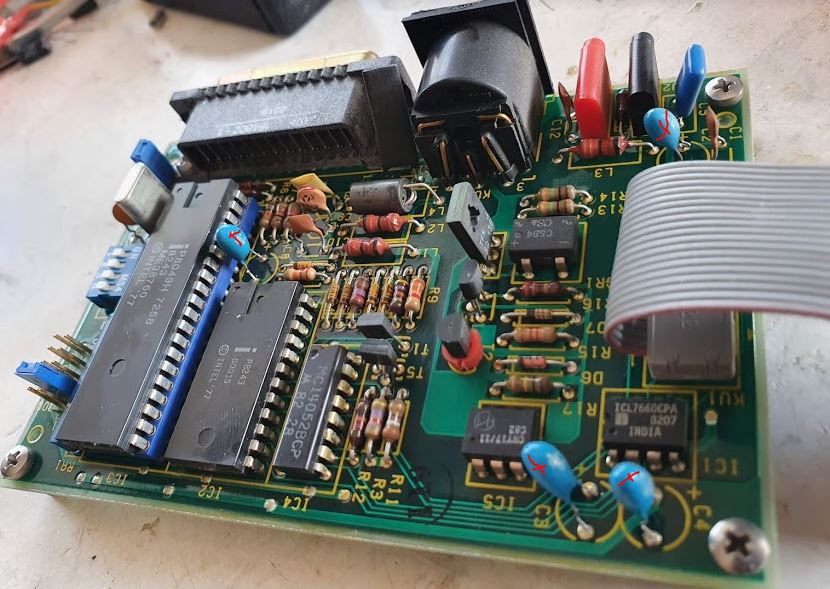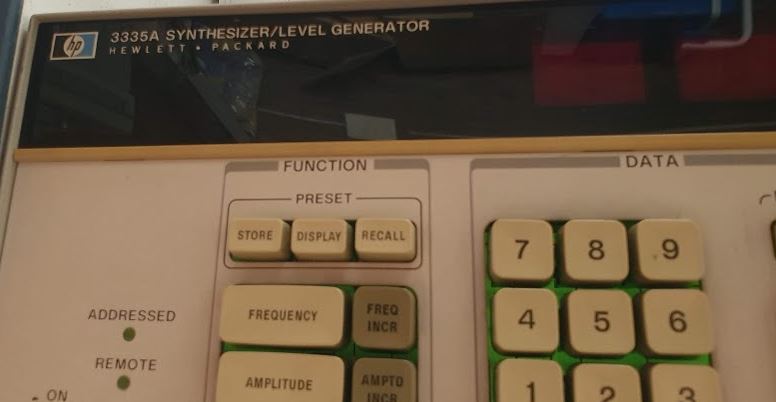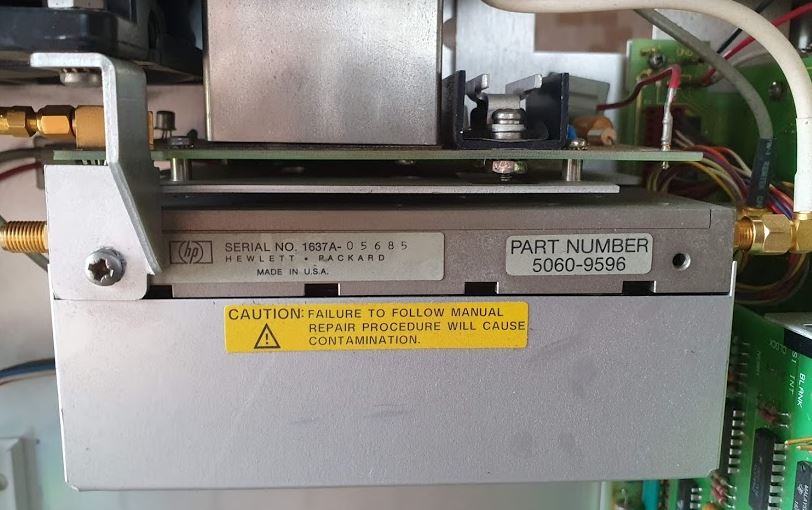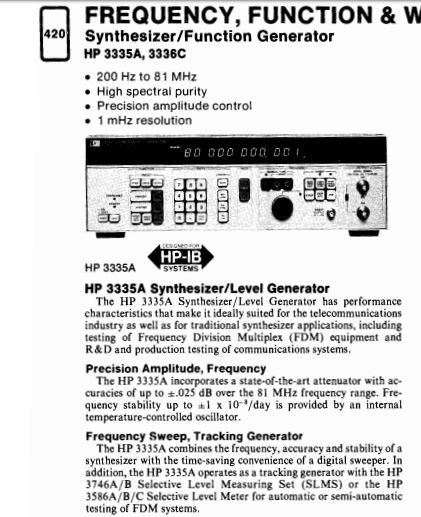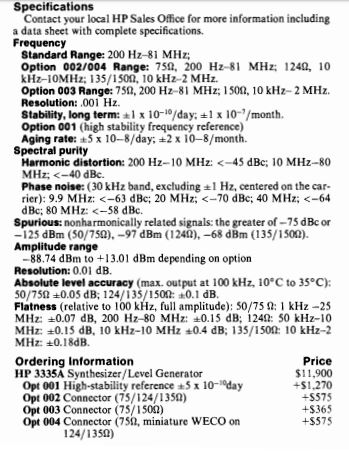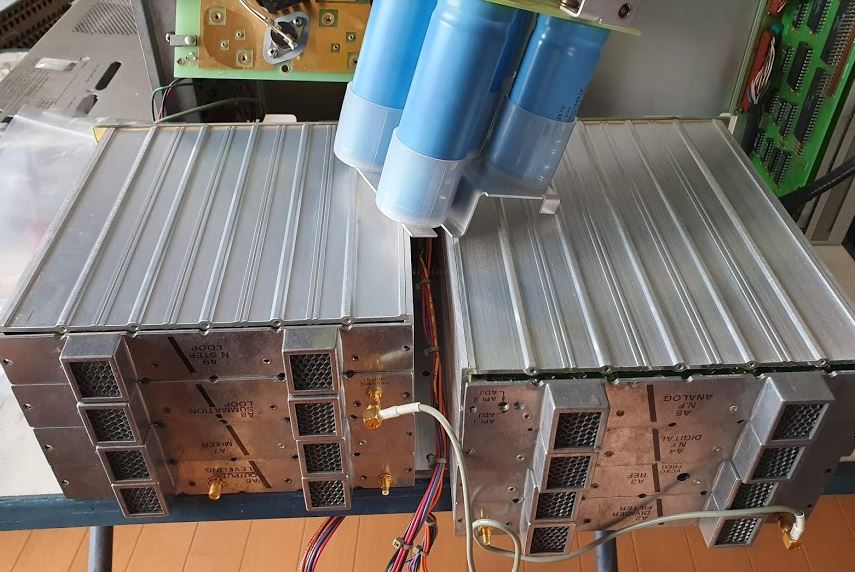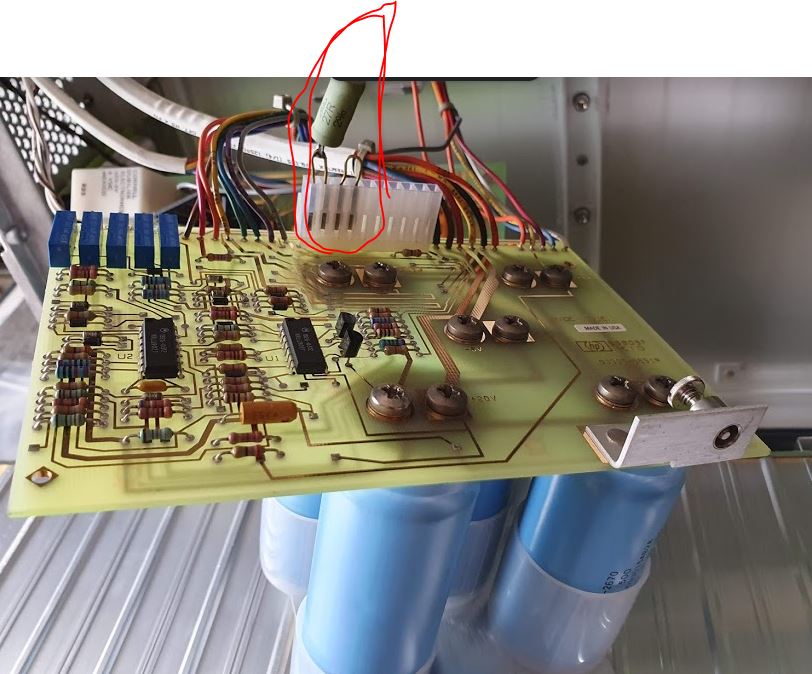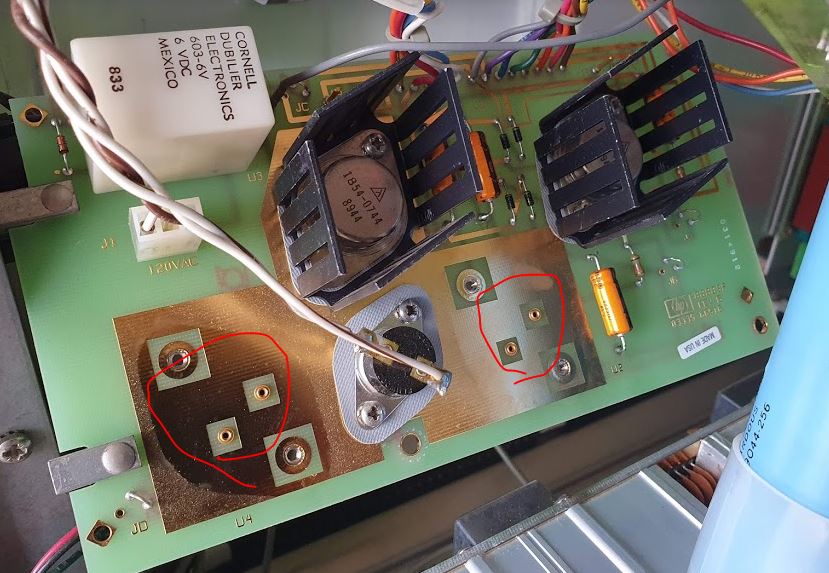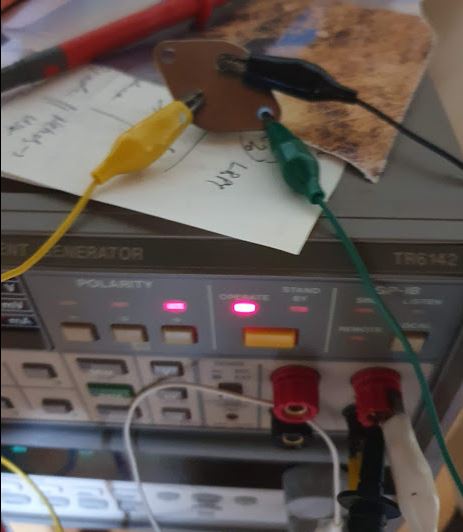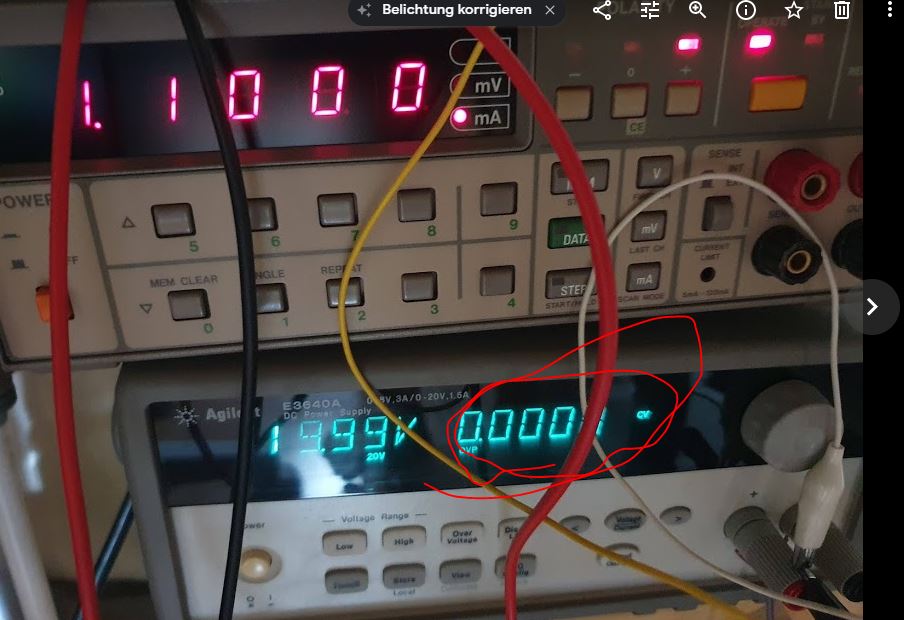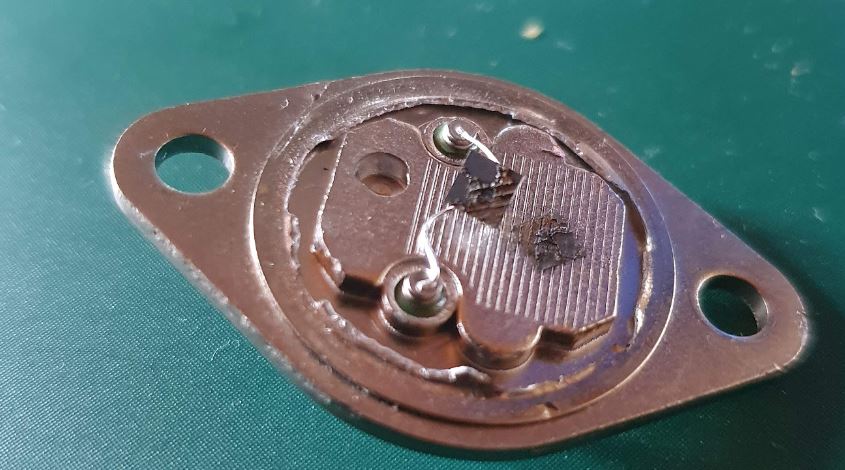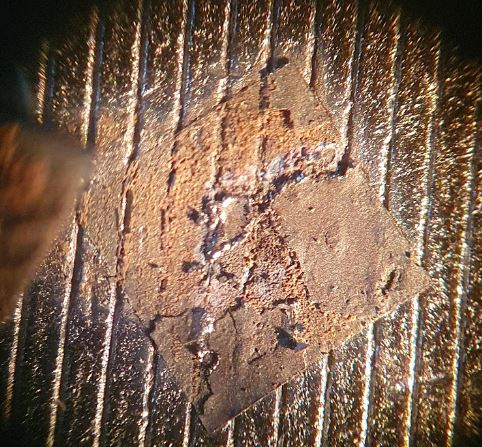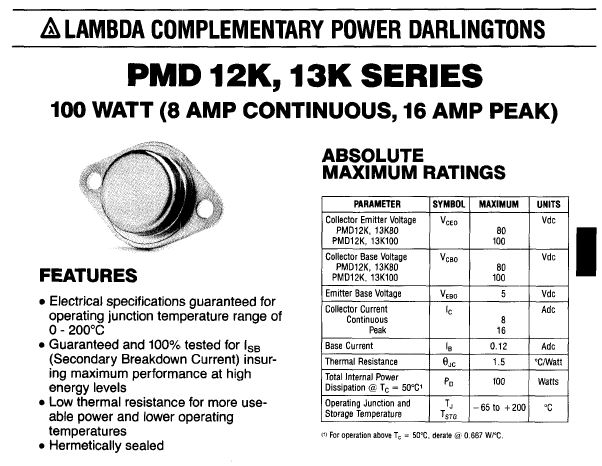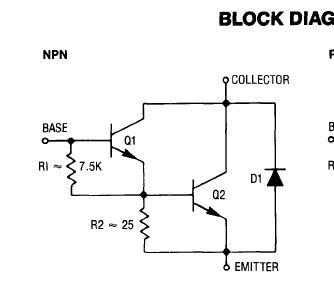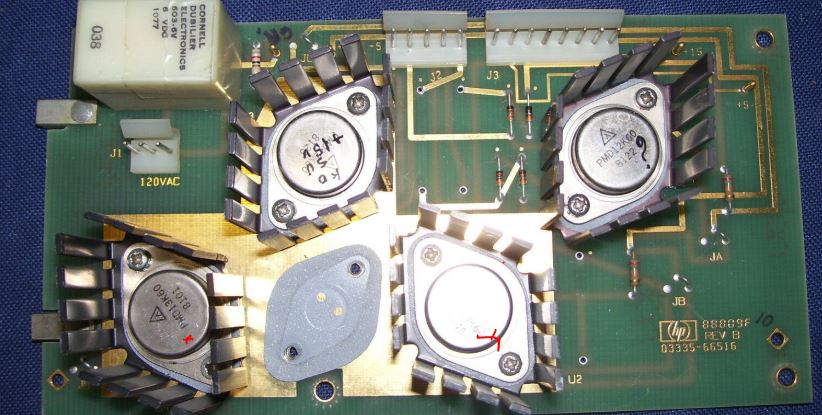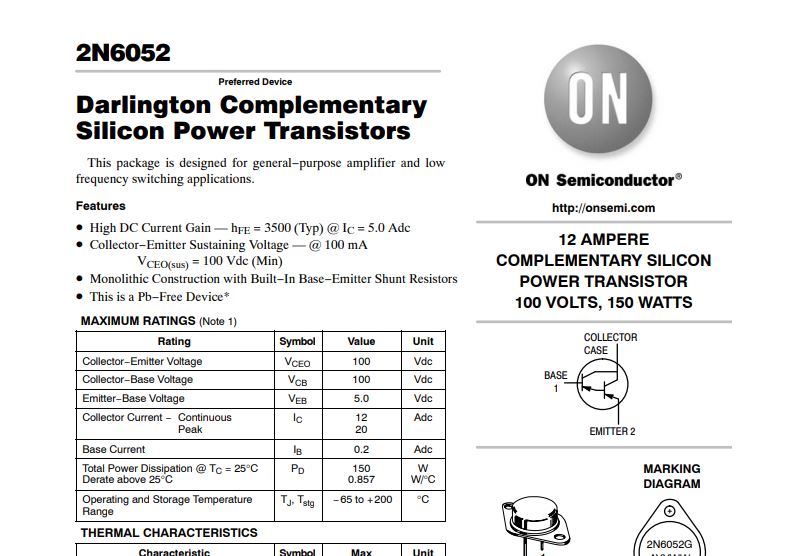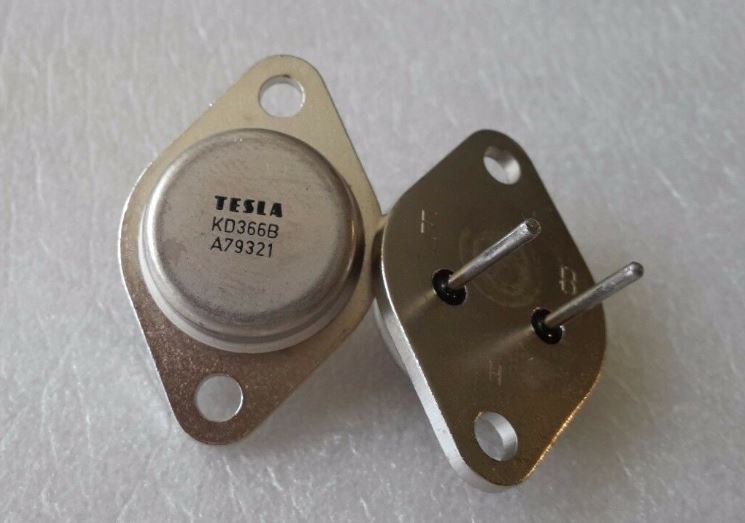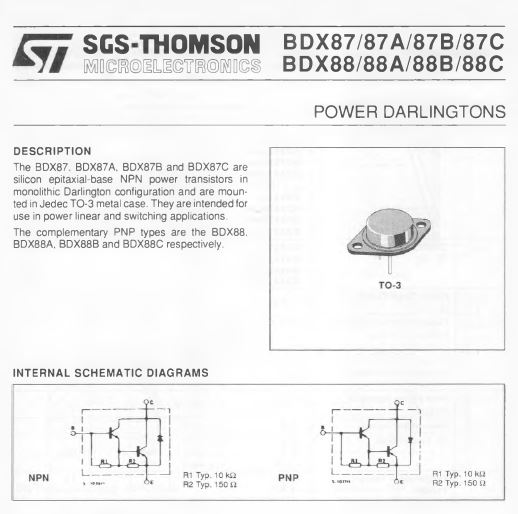At the famous Yahoo auction, in Japan, I found this great instrument, a 54750A with a 54751A plugin. This is no less than a 20 GHz bandwidth(!!) sampling scope. I used to own one before, but have sold it some years back. At the time of introduction, these were the top instruments, in the 1995 to 2000 years. Still today, a 20 GHz scope doesn’t come cheap!
Normal issues with such unknown, non-working units are broken plug-ins, shot samplers, or other various difficult to fix issues. The samplers tolerate no ESD, and no more than 2 Volts! So please don’t let just any kid play with it. Not sure what happened at some companies in the past, when the engineer shot the 10 kUSD plug in… the whole unit traded for about 50 kUSD at the time, not too long ago.
This unit, it just won’t power up at all. No sign of any activity. So I took out the plugin, and started troubleshooting. The power supply.
These supplies were purchased from YOKOGAWA, a really high end supplier, and there are protection circuits for all voltages, including interlocks for the fans! But this unit has no need for any interlocks, because there is absolutely no power.
A little bit of examination shows discoloration and defective diodes.
The diodes overheated, because they are short. These are primary side diodes.
Also one of the transistors around this area of the supply failed. A 2SC3866 high voltage transistor, nothing too special, but none at hand at the moment!
Some analysis of the circuit – it is clear that this is the startup (auxiliary) power supply that will start up the main power supply. Also the input current limiting resistors (2 units that have 22 Ohm and a 130 degC thermal fuse each) are blown, no wonder that there is no action at all.
So I tried to connect an external supply, but there seem to be some other functions and details, so I can’t get the unit to start up. At least the red LED that indicates the auxiliary power, it is lit. But nothing else. Better not to proceed without schematics – which aren’t available.
So I have two options – wait to be able to go to Germany again, where I have a 54720A mainframe that has the same supply, and do some tests and investigations on that supply, or, see if there is a spare supply available somewhere. Kindly enough, a US enterprise offered a spare for USD 25, a great price!!! Plus 70 USD shipping to Japan…. Well, I purchased it and now waiting.
The 54751A module – even if the mainframe won’t work again, it is great find. These usually go for USD 1.5k, working condition. And I do have spare samplers back in Germany, in case it is a damaged unit (but as the mainframe has a power supply failure, I suspect that the module is fine, and that the unit was taken out of service because of the non-working power supply).
Some current offers…

